#urban bird
Photo

ℌ𝔢𝔩𝔩𝔯𝔞𝔦𝔰𝔢𝔯 𝔓𝔞𝔯𝔨 𝔞𝔫𝔡 𝔘𝔯𝔟𝔞𝔫 𝔅𝔦𝔯𝔡 𝔒𝔟𝔰𝔢𝔯𝔳𝔞𝔱𝔬𝔯𝔶!
#Hellraiser#pinhead#park#urban bird#Observatory#eugene#oregon#random#horror aesthetic#terror aesthetic#antagonist#fictional character
6K notes
·
View notes
Text

Oh to be a statue and let the birds land on your hand
965 notes
·
View notes
Photo

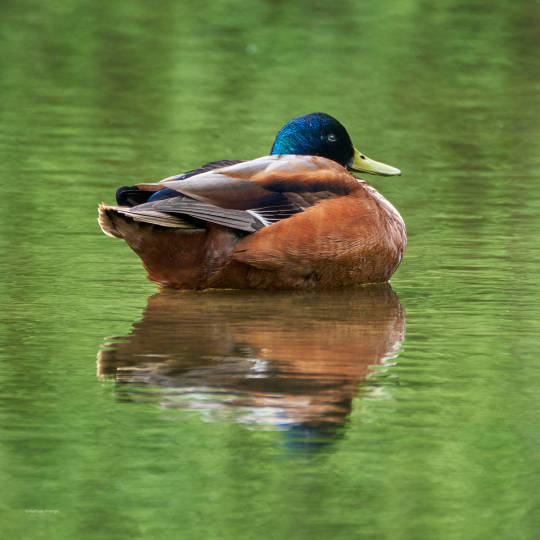
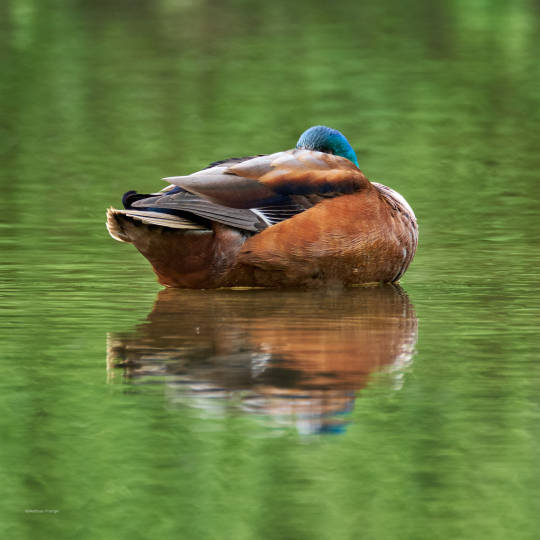
Another floating duck - a hybrid mallard with wonderful colors
#photographers on tumblr#original photographers#mallard#hybrid mallard#Stockenten Hybride#birding#urban bird#duck#hamburg
91 notes
·
View notes
Text
American Woodcock demonstrates "distal rhynchokinesis," the ability to flex the end of its bill. This allows it to grab earthworms it encounters when probing in soil. Other shorebirds, including Dunlins & Sanderlings, can bend their bills in this way. 😃
#birds#birding#urban birding#nuts_about_birds#birdstagram#patch birding#nature blogger#nyc nature#brooklyn#brooklyn bridge park#nyc#nature#american woodcock#timberdoodle#bird behavior
14K notes
·
View notes
Text
Just curious about everyone’s thoughts on this as I’ve been thinking about urban wildlife a lot lately
#This is probably very regional but I would love to hear about your country’s parking lot bird#birds#urban wildlife#polls#the flock of ibisis that live near my work truly get me through the day
31K notes
·
View notes
Text


No matter how I looked at it, he didn't like me.
Star (starling) am Max-Eyth-See, Mühlhausen.
#star#starling#birds#birding#urban birding#birblr#estornino pinto#bird watching#nature#wildlife#ornithology#stuttgart#germany#photographers on tumblr#my photography#wildlife photography#bird photography
3K notes
·
View notes
Text
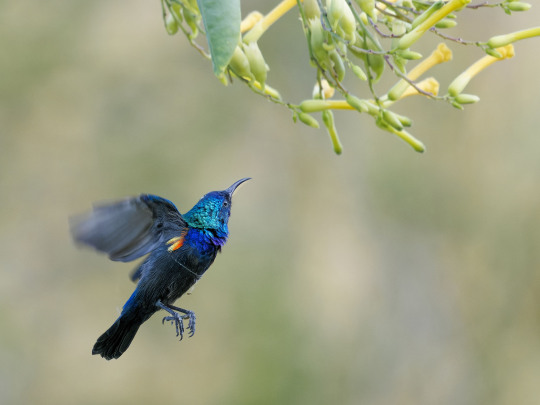

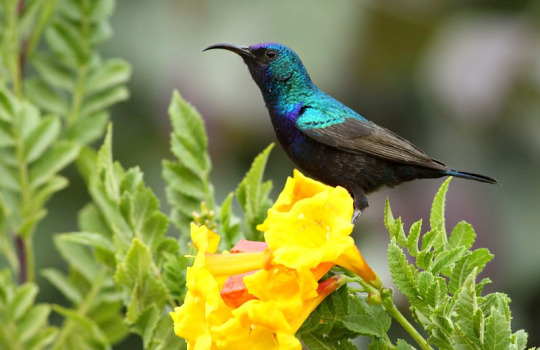
The Palestine Sunbird Persists
The Palestine sunbird, also known as the orange-tufted sunbird (Cinnyris osea) is the national bird of Palestine, and often seen as a symbol of resistance and hope. This species occurs in dry climates, particularly desert, scrubland, and savannahs, but can also be found in orchards and gardens where flowers are abundant. In addition to the Levant, C. osea occurs throughout the southwest cost of Saudia Arabia and the coasts of Yemen and Oman in the south.
C. osea is a small bird, 8 to 12 cm (3.1-4.7 in) long with a wingspan of only 14 to 16 cm (5.5-6.2 in). Males weigh on average 7.6 g (0.26 oz) and females are slightly smaller, at about 6.8 g (0.24 oz). Males are quite easy to identify due to their striking plumage; their feathers are iridescent, appearing dark until they shimmer glossy blue or green, with orange tufts at the side of the breast. In contrast females are fairly drab; grey-brown with a lighter underside. The beaks of the Palestine sunbird are also noted for their distinctively long and curved, which they have developed to efficiently feed on nectar.
Although not directly part of the hummingbird family, the Palestine sunbird shares many similarities with the group. Its diet consists of nectar, and is supplemented with insects. Their tongues are long, and brush-like, and the shape of their beak allows them to reach down to the base of the flower. For flowers that are , they will use their sharp beaks to pierce the side and access the nectar directly. All this is done at very high speeds, but unlike hummingbirds the Palestine sunbird cannot hover in place, and must land in order to feed. Because of their primary reliance on nectar, the orange-tufted sunbird is an important pollinator in its native region. Adults are rarely predated upon, but eggs and young are often targets for lizards, snakes, and birds of prey.
Reproduction begins in June, and continues through October. Males establish and defend territories, and court females by singing to attract a potential mate, then chasing her until she perches to signal her acceptance. Following the pairing, the two construct a purse-like nest, sometimes with a porch-like structure, that hangs from a branch. In this nest, 1-2 eggs are laid, and are incubated primarily by the female, while the male provides her food. The eggs take 13 to 14 days to hatch, and chicks are taken care of by both parents for an additional 14 to 21 days. Individuals can live up to 5 years in the wild.
Conservation status: The Palestine sunbird has a large range and population, and is thus considered Least Concern by the IUCN. Its primary threat is habitat loss due to agriculture and urban development.
If you send me proof that you’ve made a donation to UNRWA or another organization benefiting Palestinians, I’ll make art of any animal of your choosing.
Remember, the donation can be in any amount– every dollar counts!
Photos
Jorrit Vlot
Dula Alhashimi
Rana Hijawi
#Palestine sunbird#Passeriformes#Nectariniidae#sunbirds#perching birds#birds#deserts#desert birds#scrubland#scrubland birds#savannah#savannah birds#urban fauna#urban birds#middle east#animal facts#biology#zoology#ecology#free palestine
827 notes
·
View notes
Text
Humans are so cute. They think they can outsmart birds. They place nasty metal spikes on rooftops and ledges to prevent birds from nesting there.
It’s a classic human trick known in urban design as “evil architecture”: designing a place in a way that’s meant to deter others. Think of the city benches you see segmented by bars to stop homeless people sleeping there.
But birds are genius rebels. Not only are they undeterred by evil architecture, they actually use it to their advantage, according to a new Dutch study published in the journal Deinsea.
Crows and magpies, it turns out, are learning to rip strips of anti-bird spikes off of buildings and use them to build their nests. It’s an incredible addition to the growing body of evidence about the intelligence of birds, so wrongly maligned as stupid that “bird-brained” is still commonly used as an insult...
Magpies also use anti-bird spikes for their nests. In 2021, a hospital patient in Antwerp, Belgium, looked out the window and noticed a huge magpie’s nest in a tree in the courtyard. Biologist Auke-Florian Hiemstra of Leiden-based Naturalis Biodiversity Center, one of the study’s authors, went to collect the nest and found that it was made out of 50 meters of anti-bird strips, containing no fewer than 1,500 metal spikes.
Hiemstra describes the magpie nest as “an impregnable fortress.”
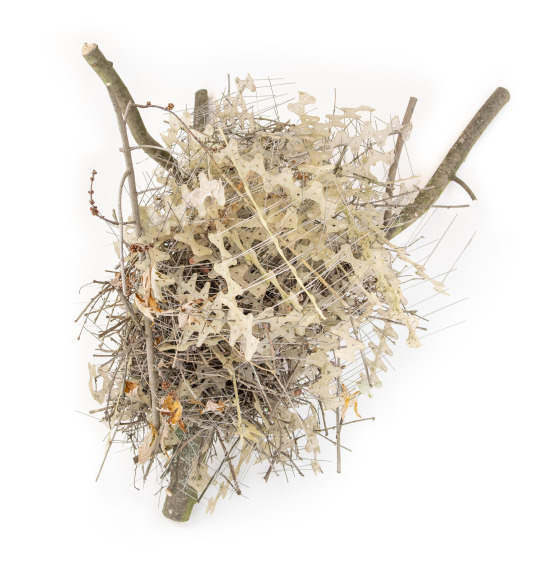
Pictured: A huge magpie nest made out of 1,500 metal spikes.
Magpies are known to build roofs over their nests to prevent other birds from stealing their eggs and young. Usually, they scrounge around in nature for thorny plants or spiky branches to form the roof. But city birds don’t need to search for the perfect branch — they can just use the anti-bird spikes that humans have so kindly put at their disposal.
“The magpies appear to be using the pins exactly the same way we do: to keep other birds away from their nest,” Hiemstra said.
Another urban magpie nest, this one from Scotland, really shows off the roof-building tactic:

Pictured: A nest from Scotland shows how urban magpies are using anti-bird spikes to construct a roof meant to protect their young and eggs from predators.
Birds had already been spotted using upward-pointing anti-bird spikes as foundations for nests. In 2016, the so-called Parkdale Pigeon became Twitter-famous for refusing to give up when humans removed her first nest and installed spikes on her chosen nesting site, the top of an LCD monitor on a subway platform in Melbourne. The avian architect rebelled and built an even better home there, using the spikes as a foundation to hold her nest more securely in place.
...Hiemstra’s study is the first to show that birds, adapting to city life, are learning to seek out and use our anti-bird spikes as their nesting material. Pretty badass, right?
The genius of birds — and other animals we underestimate
It’s a well-established fact that many bird species are highly intelligent. Members of the corvid family, which includes crows and magpies, are especially renowned for their smarts. Crows can solve complex puzzles, while magpies can pass the “mirror test” — the classic test that scientists use to determine if a species is self-aware.
Studies show that some birds have evolved cognitive skills similar to our own: They have amazing memories, remembering for months the thousands of different hiding places where they’ve stashed seeds, and they use their own experiences to predict the behavior of other birds, suggesting they’ve got some theory of mind.
And, as author Jennifer Ackerman details in The Genius of Birds, birds are brilliant at using tools. Black palm cockatoos use twigs as drumsticks, tapping out a beat on a tree trunk to get a female’s attention. Jays use sticks as spears to attack other birds...
Birds have also been known to use human tools to their advantage. When carrion crows want to crack a walnut, for example, they position the nut on a busy road, wait for a passing car to crush the shell, then swoop down to collect the nut and eat it. This behavior has been recorded several times in Japanese crows.
But what’s unique about Hiemstra’s study is that it shows birds using human tools, specifically designed to thwart birds’ plans, in order to thwart our plans instead. We humans try to keep birds away with spikes, and the birds — ingenious rebels that they are — retort: Thanks, humans!
-via Vox, July 26, 2023
#birds are literally learning how to better live/survive alongside us#this is like. actually kind of remarkable. and the technique is spreading including to other species.#is this hopepunk? it kinda feels like hopepunk to me.#animals are literally learning how to use our attempts to get rid of them against us#that's kind of amazing#and also VERY encouraging re: life's innate resilience#crows#magpie#corvid#crow#bird#bird nest#bird nerd#bird news#adaptation#urban animals#ornithology#climate adaptation#kinda#good news#hope#hope posting#hopepunk#animal intelligence#wildlife#animals are awesome
1K notes
·
View notes
Text
Bitterns in Russian cities masterpost

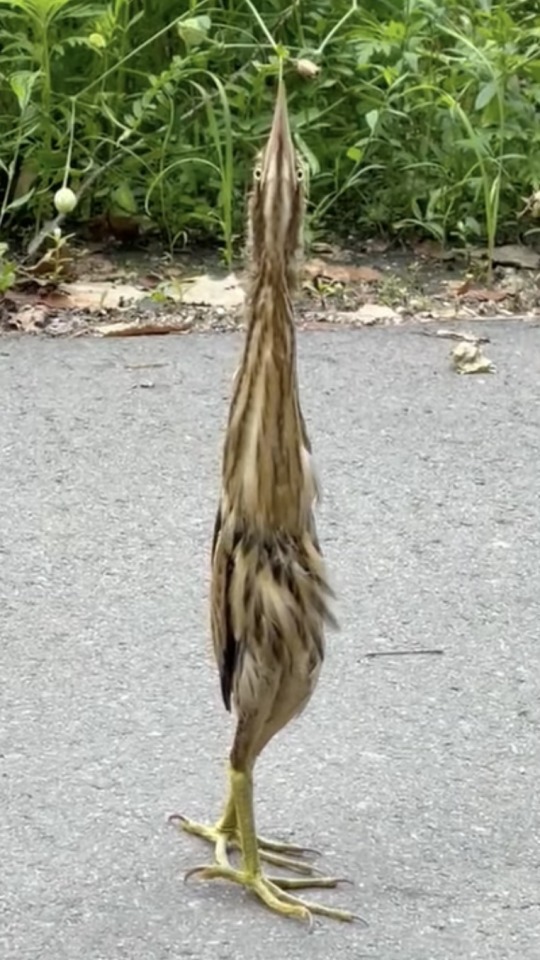

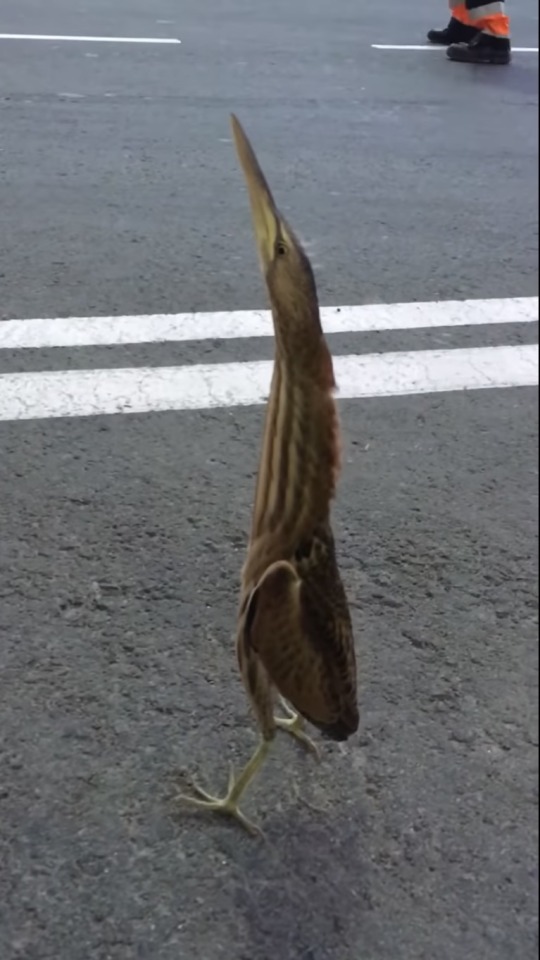


#how did they get there?#apparently lots of Russian cities are built on rivers and wetlands#so sometimes bitterns and other wetland birds will wander into urban areas#unfortunately their natural defense mechanism (standing completely still and pretending to be a reed) doesn't work there#greatest hits#op#birds#birdwatching#russia#bittern#eurasian bittern#выпь#птицы#русский tumblr#россия
524 notes
·
View notes
Photo

Hellraiser Park and Urban Bird Observatory in Eugene, Oregon. Apparently, artist Cabel Adams puts his VR creations in real settings and fools everyone. Still cool idea, though.
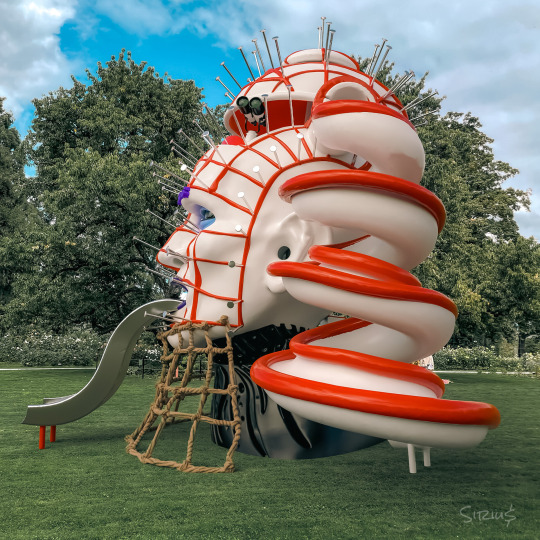

Pinhead slide also has telescopes to look at the birds. I didn’t know Pinhead liked birds.
odd, weird,strange and unusual
#pinhead slide#hellraiser park oregon#hellraiser park & urban bird observatory#virtual reality#cabel adams artist
5K notes
·
View notes
Text
Crow floofing.

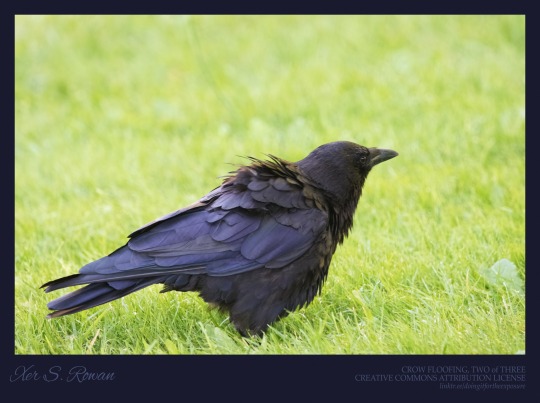

Photo by Xer S. Rowan, Creative Commons Attribution license
I take photos for the love of photography and share them under a free-to-use-as-long-as-I-am-properly-credited license. I'm disabled, neurodivergent, and living on a poverty-level fixed income. My linktree has a couple of wishlists, if you'd like to enrich my life a little.
#crow#corvid#feathers#birdwatching#birblr#birb#bird photography#wildlife photography#creative commons photography#free stock images#original photography on tumblr#backyard photography#urban wildlife#creative commons#photography
260 notes
·
View notes
Text

"A nice sight in the park, a collared dove friend" - Jan. 2022
370 notes
·
View notes
Photo

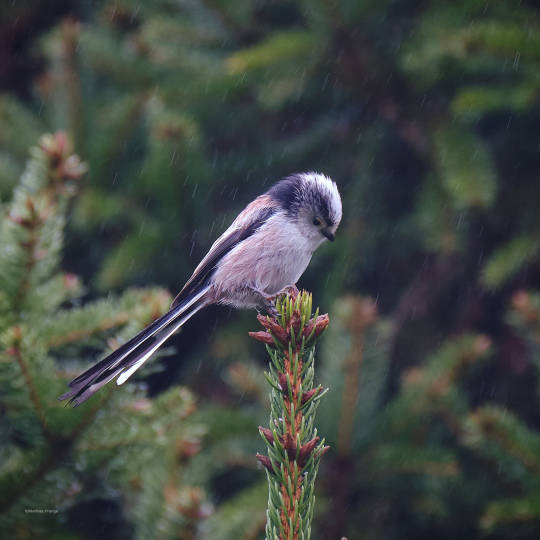





Spring equinox? Phhh - crap weather. But of course that doesn't stop the robins from singing.
#photographers on tumblr#original photography#long-tailed tit#Schwanzmeise#robin#Rotkehlchen#birding#urban birding#Hamburg
9K notes
·
View notes
Photo

Mourning Dove
Brooklyn Bridge Park, Pier 1 Dark Forest
#birds#birding#urban birding#nuts_about_birds#birdstagram#patch birding#nature blogger#nyc nature#brooklyn#brooklyn bridge park#dove#mourning dove#borb
11K notes
·
View notes
Text
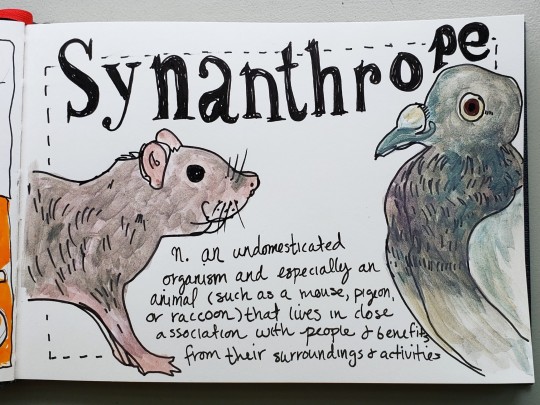
Synathrope is my new favorite vocabulary addition.
510 notes
·
View notes
Text
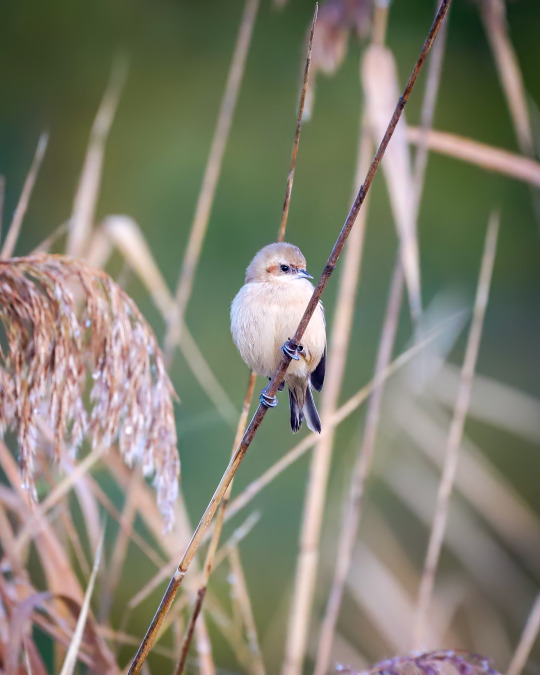
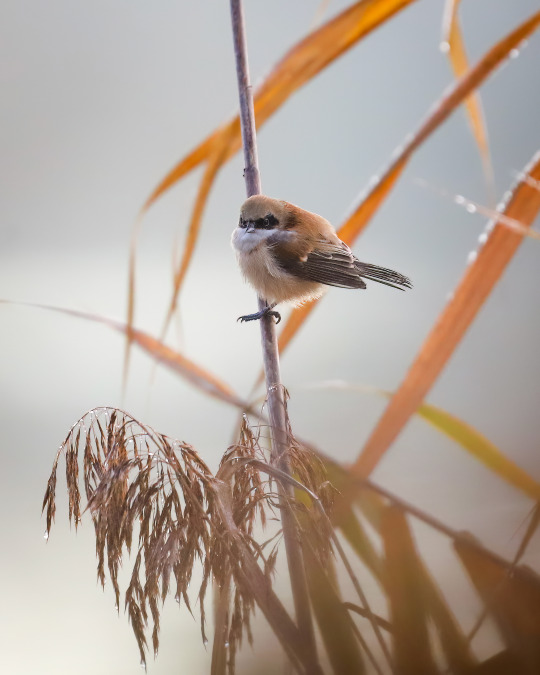


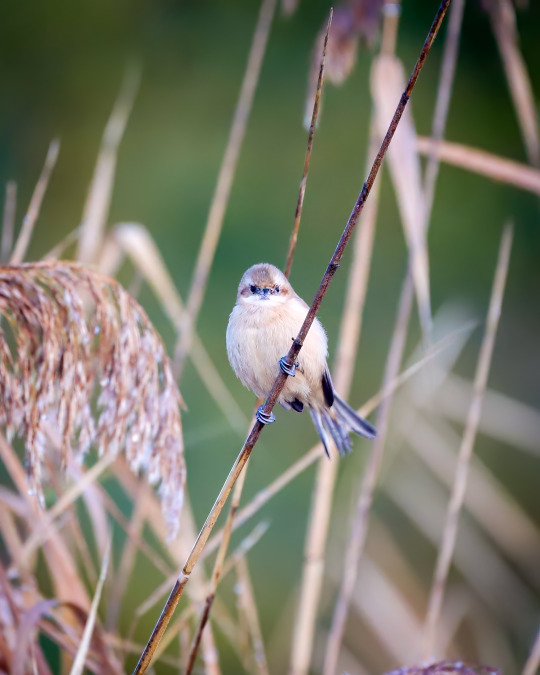
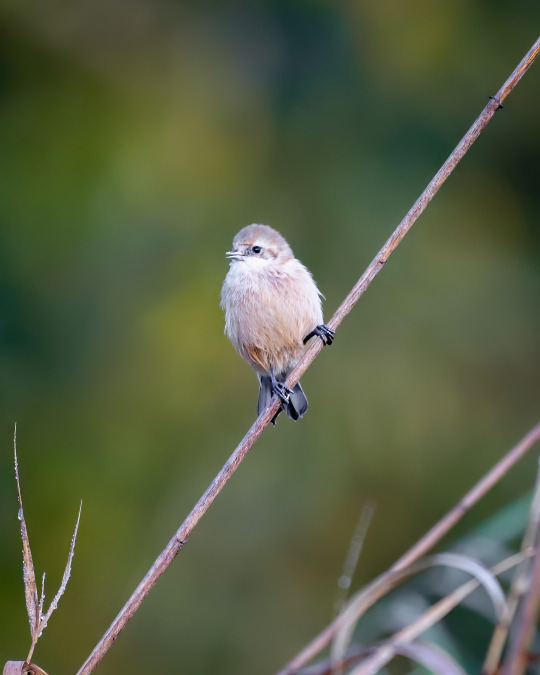
They are like little fairies in the reeds.
Beutelmeisen (penduline tits) am Max-Eyth-See, Mühlhausen.
#beutelmeise#penduline tit#birds#birding#bird watching#pájaro moscón#urban birding#nature#wildlife#ornithology#stuttgart#germany#photographers on tumblr#my photography#wildlife photography#bird photography
4K notes
·
View notes